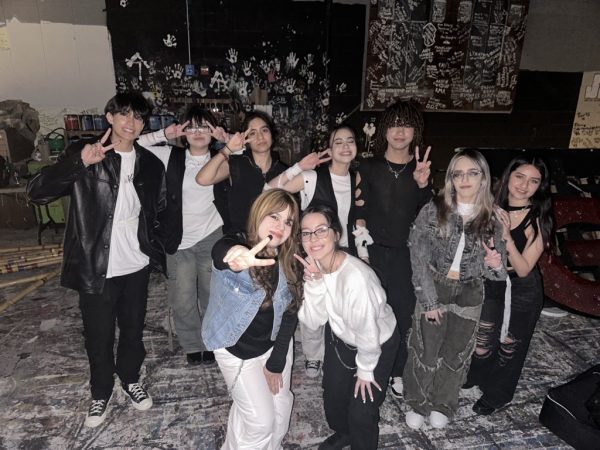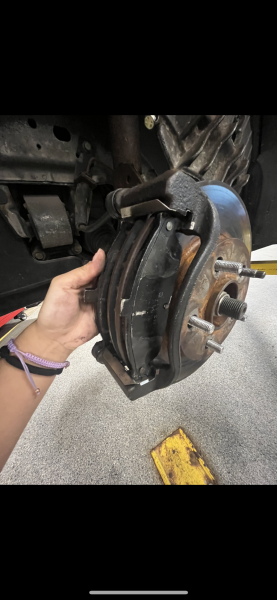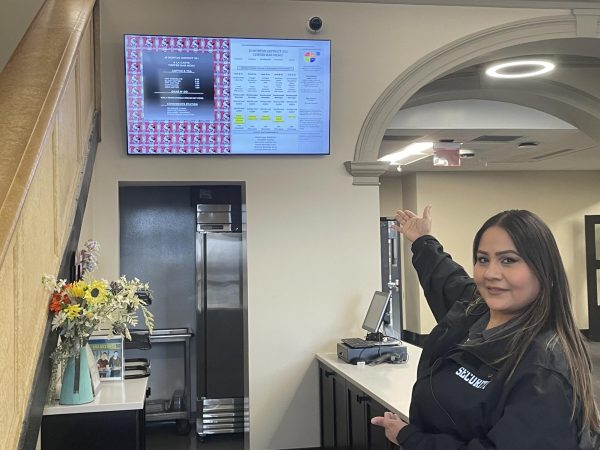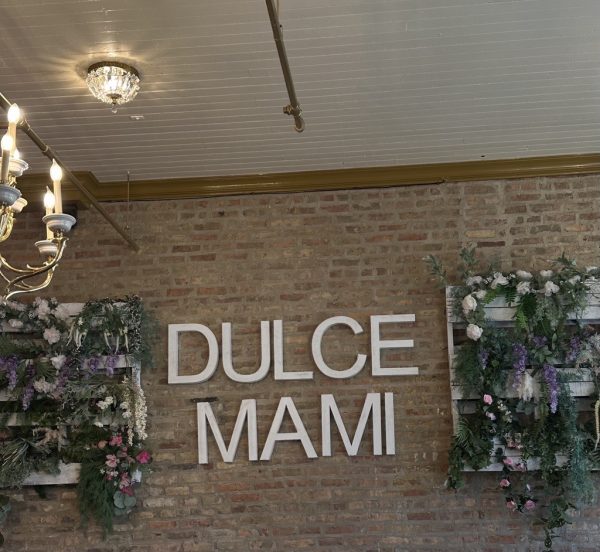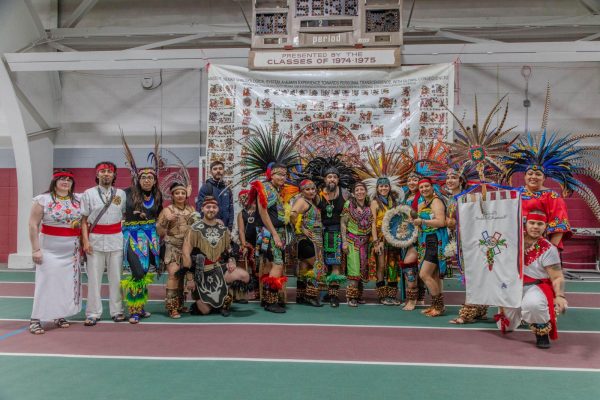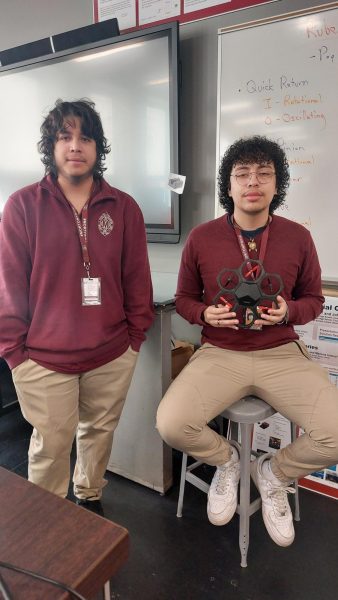Morton East Celebrates Chinese New Years
February 10, 2023
Morton East students know more than you think about Chinese New Year, but there is still so much that is unknown about Chinese New Year.
In a survey of Morton East students, 30 out of 50 Morton East students expressed that they knew at least 1 thing about the Chinese New Year.
Chinese New Year, otherwise known as Lunar New year, is celebrated on the second new moon of the winter solstice. The actual date landing anywhere between January 21st to February 20th. Lunar New Year is celebrated in many ways by many distinct cultures and countries, such as America as we have many versions of Chinatowns scattered around the US. Our local Chicago Chinatown has had its fair share of Lunar new year celebrations as well, such as its recent Chinese New Year parade that passed on Sunday, January 29. Celebrated with floats, people in traditional Chinese clothing, and traditional Chinese dances. Such as the infamous Chinese Dragon dance. Though so much of this culture and celebration is not understood.
Every year, in a rotation of 12, an animal is made the animal of the year, known as the Chinese Zodiac. The rotation’s order goes as Pig (猪, Zhu), Dog (狗, Gou), Rooster (鸡, Ji), Monkey (猴子, Hou Zi), Goat (羊, Yang), Horse (马, Ma), Snake (蛇, She), Dragon (龙, Long), Rabbit (兔子, Tu Zi), Tiger(虎, Hu), Ox (牛, Niu), and Rat(鼠, Shu).
“This year the animal is a rabbit,” said one Morton East student.
Though, at home, it can also be celebrated in many ways. The immense and varied pallets people have during this time are Asatisfied with famous cuisine or prepared dishes — all holding some form of significance in the language or history. Dumplings (饺子, ji-ah-oh zi.), resemble an old form of money used in the past. Fried Rice (炒饭,ch-ah-oh fahn.) symbolizes harmony and a feeling of completeness. Nian Gao (年糕, nee-ehn gah-oh.) is most famously known as a new year’s cake, it may also mean “For each year to grow and grow,” whether it be in success, money, height, or in academic success. But, home revolves around more than just food.
Games and traditions unfold every year and the older generation gifts red envelopes filled with money to their kids, grandchildren, nieces, and nephews. Though it is much more common for the children or younger generation to politely decline, the older generation’s responsibility is to insist on them taking the envelope to give them good luck. This exchange shows respect on both sides for each other.
Our very own Morton East Chinese classes have indulged themselves in many different aspects and games of the Chinese New Year. Such as the AP Chinese class’ Chinese New Years party they held in their classroom on January 23rd. They celebrated the holiday by playing games, eating food, and singing. Games involved using chopsticks to pick up round bead-like beans, passing marshmallows between groups of 6, and learning how to say new years phrases in Mandarin! Such as “Xin Nian Kuai Le (新年快乐),” which means “Happy new years,” “Gong Xi Fa Cai (恭喜发财)” meaning “May you have a prosperous New Years,” and


